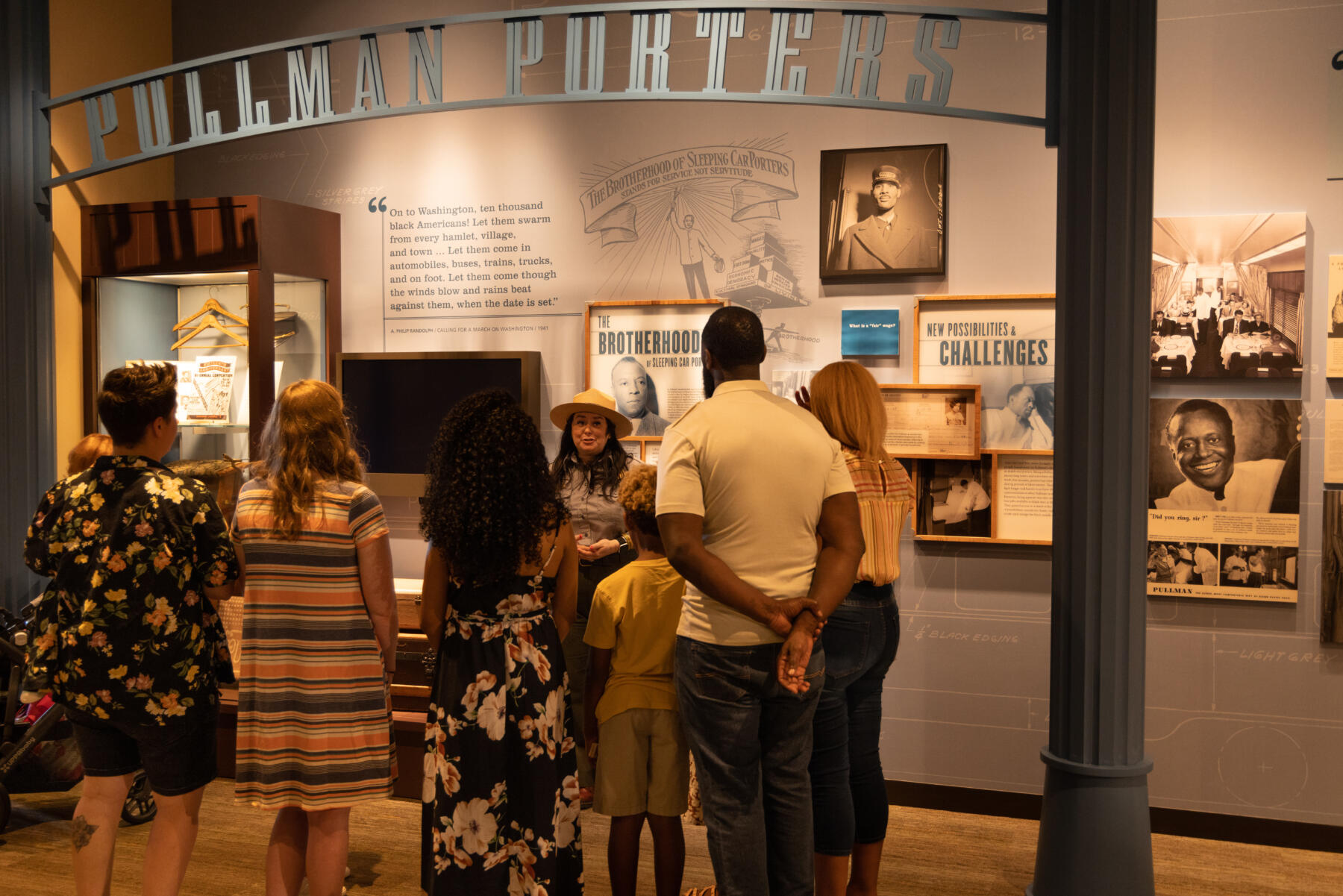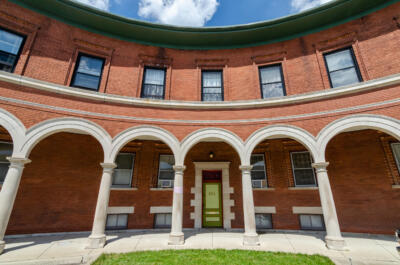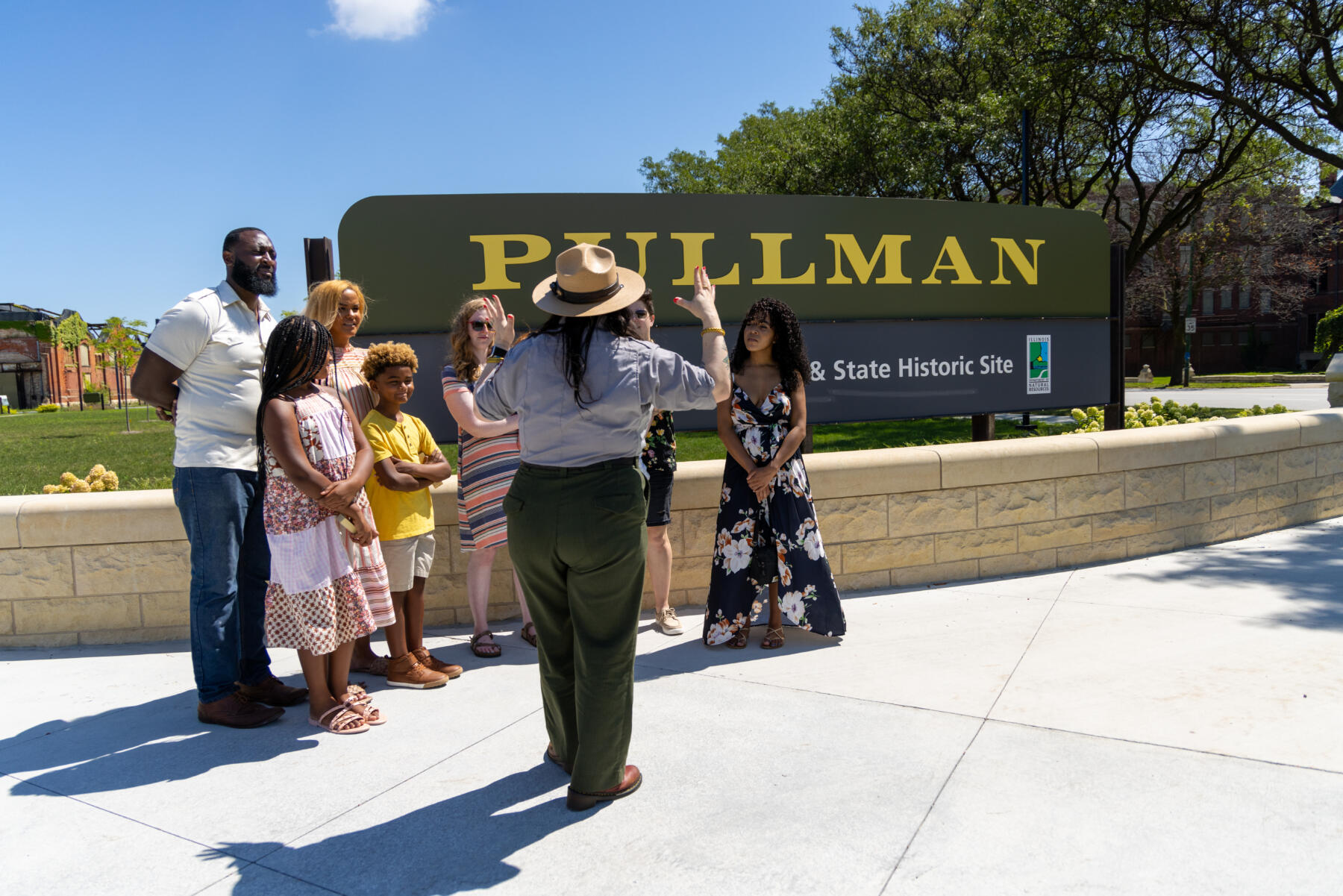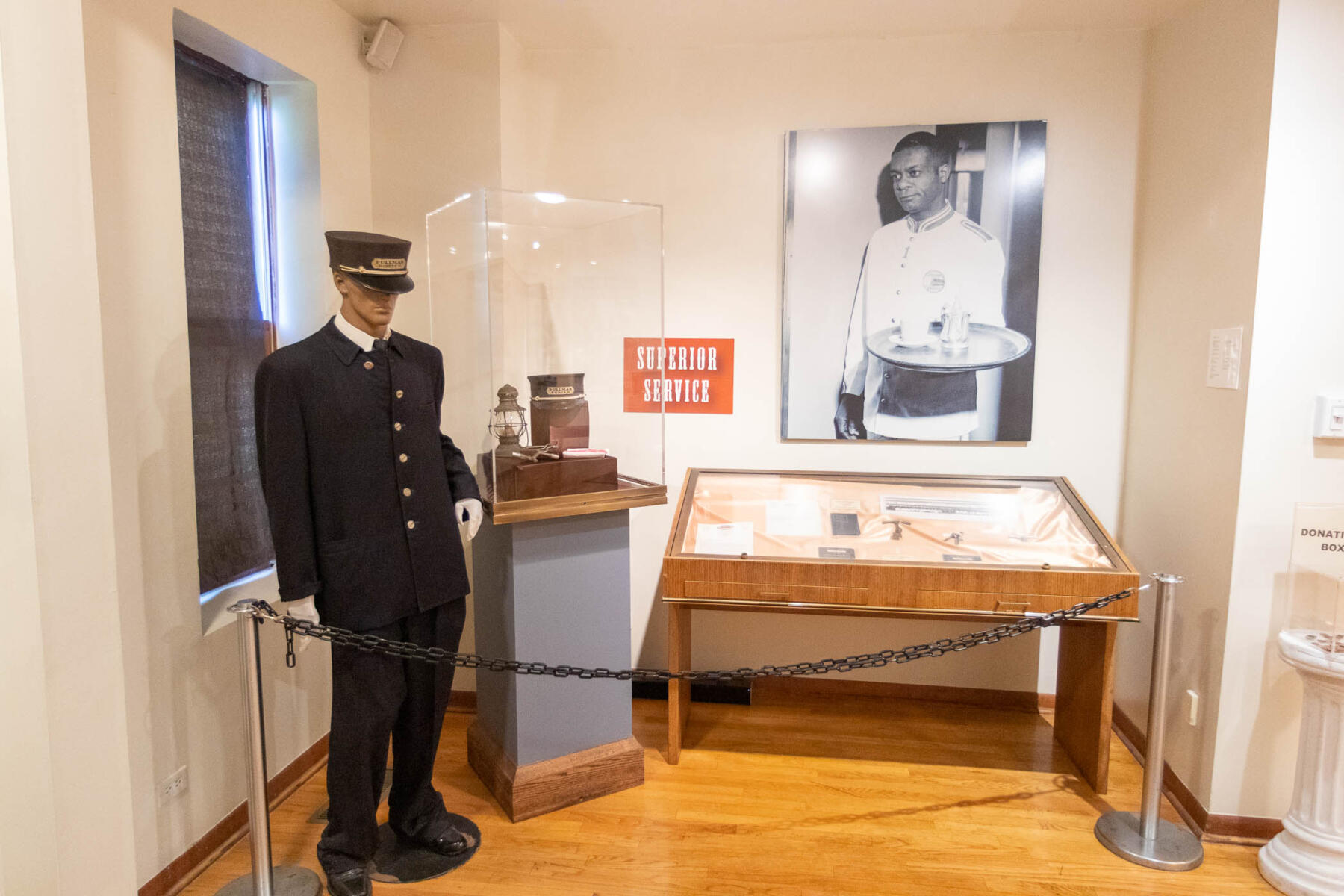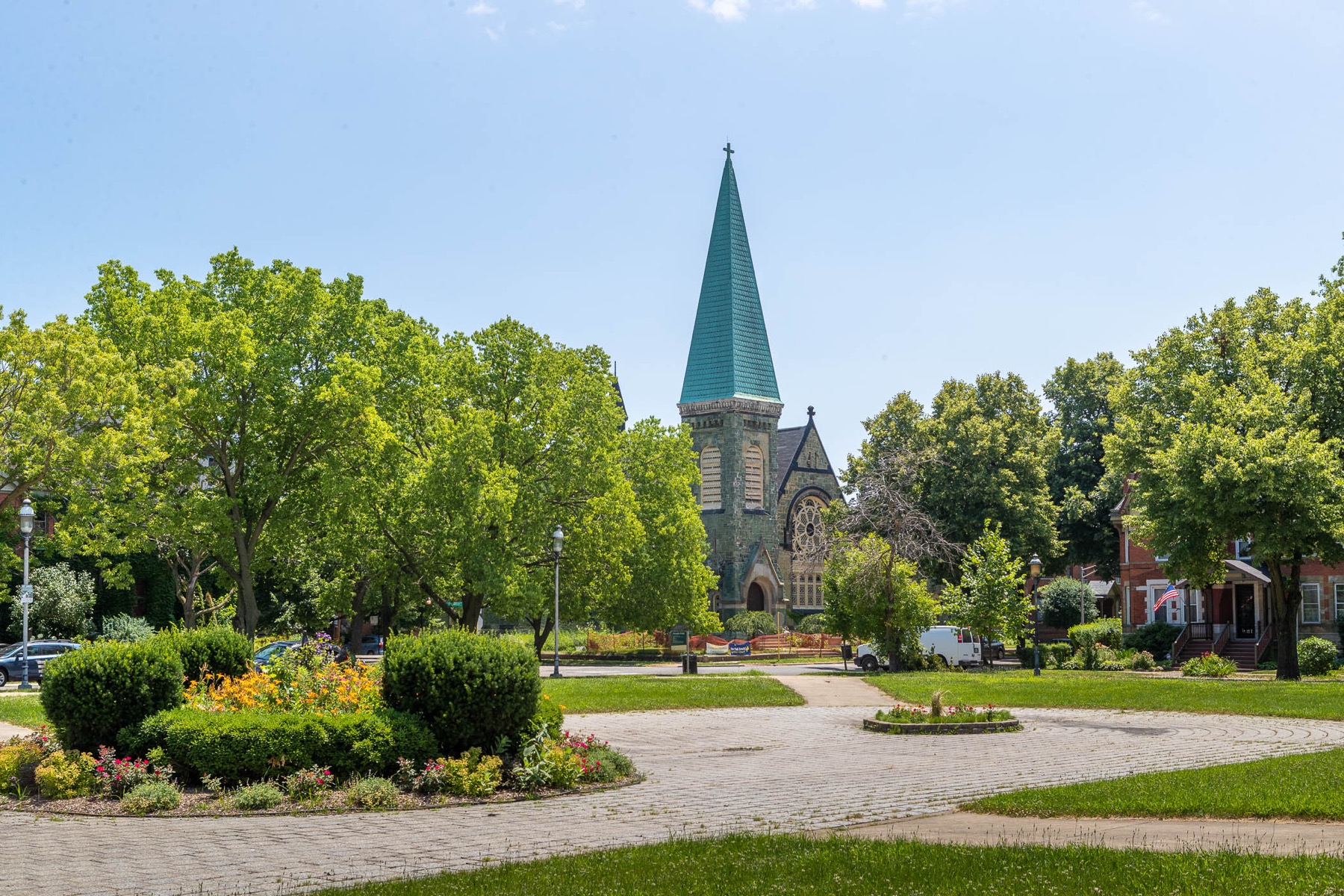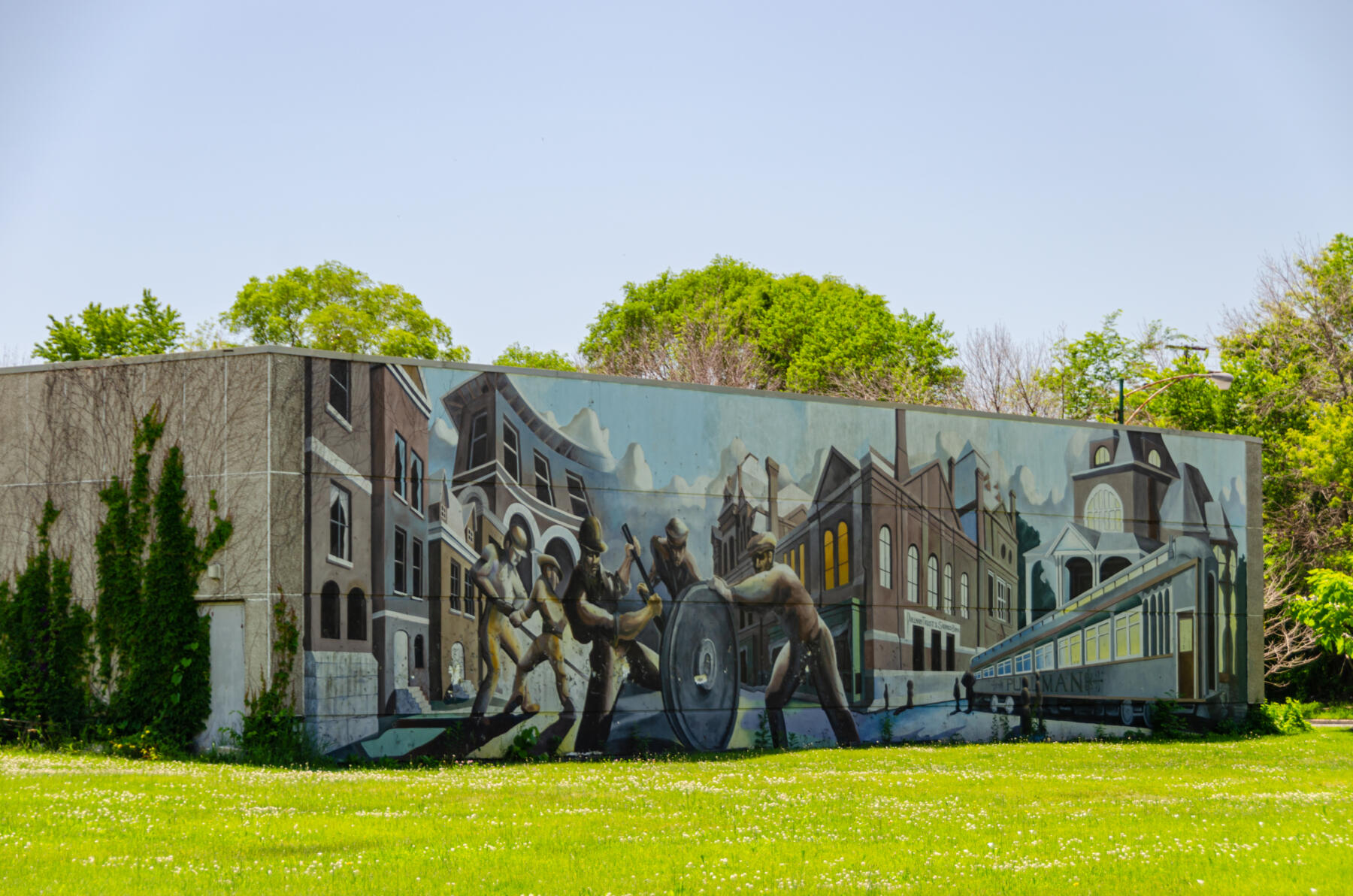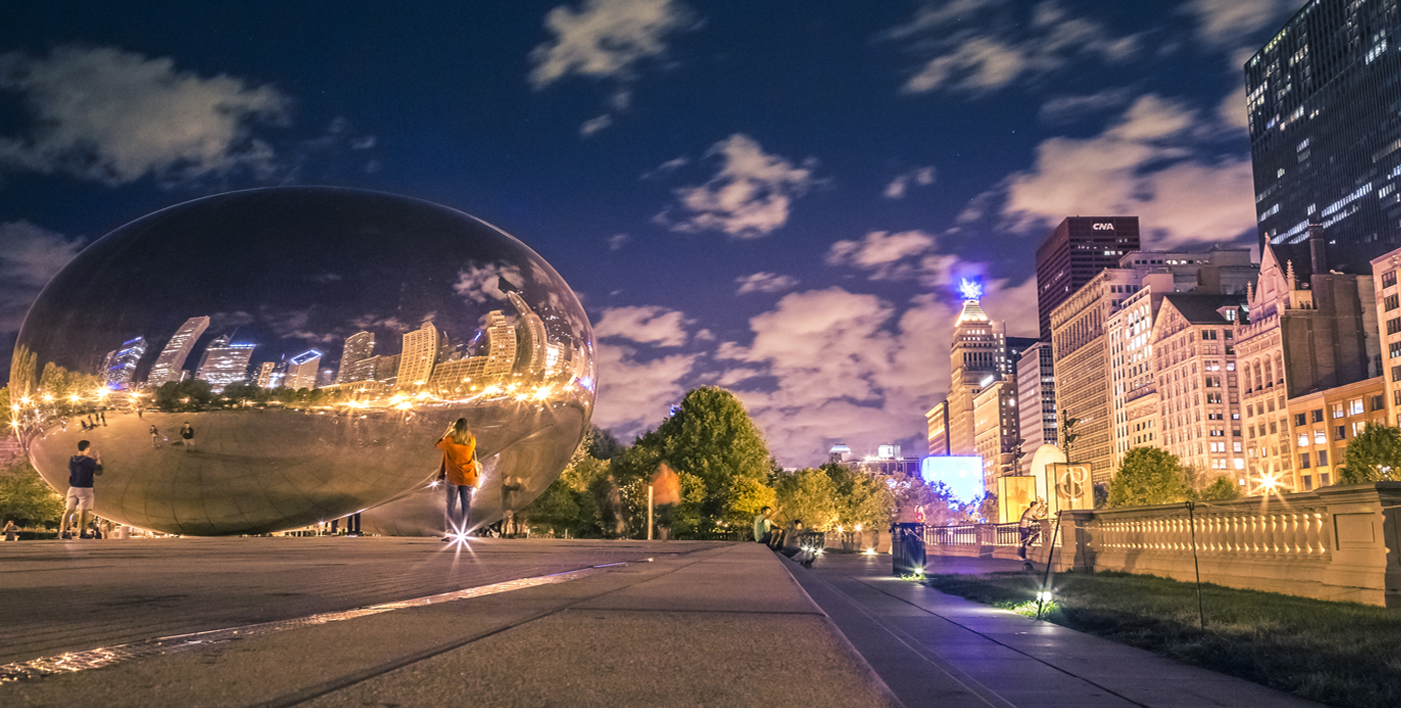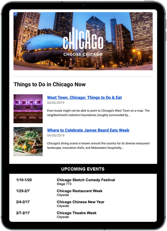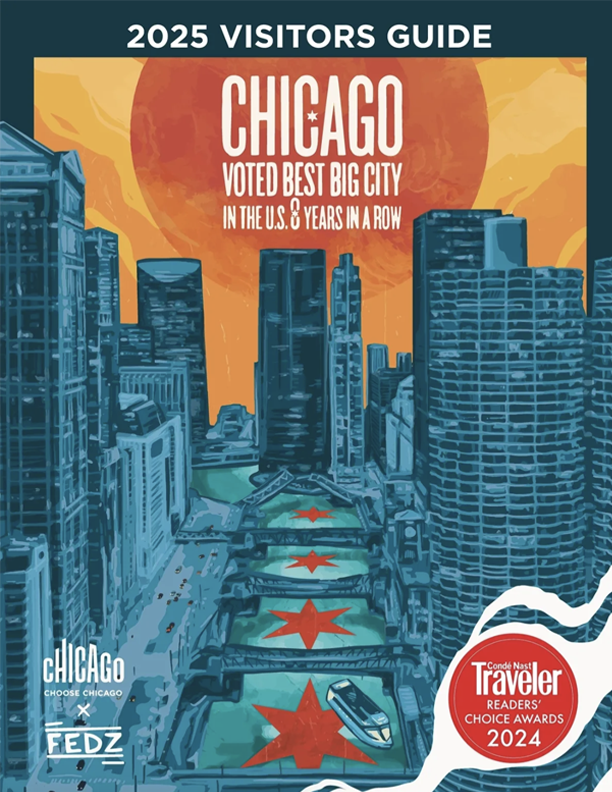Head to the historic Pullman neighborhood to explore the first National Park Service site in Chicago. This historic area on the city’s South Side was named a National Monument by President Barack Obama in 2015.
Today, the park proudly preserves the unique story of America’s first planned model industrial community and its pivotal role in the country’s labor movement.
And there’s never been a better time to visit, as this year marks the 100th anniversary of the Brotherhood of Sleeping Car Porters — the first Black labor union in the United States. Don’t miss a special temporary exhibit, 100 Years of Brotherhood, now on view at the Visitor Center.
Learn more about this fascinating community, its role in the national labor movement, and its rich legacy of Black leadership.
Pullman past and present
The 100th anniversary of the Brotherhood of Sleeping Car Porters
The country’s first Black labor union, The Brotherhood of Sleeping Car Porters, was founded in 1925. This year marks the centennial of the union’s founding, as well as the 30th anniversary of the National A. Phillip Randolph Pullman Porter Museum.
Visit the Pullman Visitor Center to view a special temporary exhibit, 100 Years of Brotherhood, honoring the centennial of the Brotherhood of Sleeping Car Porters, including the recent award that inducted A. Phillip Randolph into the National Railroad Hall of Fame. The exhibit will be on display through Aug. 25, 2026.
History of Pullman: the country’s first planned industrial community

George Pullman founded the Pullman Palace Car Company in 1867 and soon amassed a fortune by developing comfortable accommodations for cross-country train travel. The Pullman company manufactured a range of sleeping cars, including hotel cars, parlor cars, and dining cars for railroad companies to lease.
These luxurious cars transformed the passenger rail industry, and the ensuing demand inspired George Pullman to create a town for the workforce dedicated to producing and staffing the cars. He purchased 4,000 acres of open prairie south of Chicago to start a model industrial town for Pullman workers and executives.
Pullman’s vision included aesthetically pleasing but practical buildings. The all-brick houses boasted simple yet elegant Queen Anne designs and the shops displayed Romanesque arches. The community was noted for indoor plumbing, gas, daily trash collection, and spacious interiors, which were unusual for the era.
Other features like front and back yards, expansive parks, a library, and a church, made Pullman one of the most luxurious locations available for working class people during the time. The town was completed in 1884 and would go on to set the blueprint for urban planning and design in America.
Pullman and the labor movement
When an economic downturn hit the country in 1894, Pullman cut his workers’ wages but refused to lower rent. Workers protested and many joined the American Railway Union, which had formed in 1893. They created a grievance committee to negotiate with the company, but Pullman refused to make any concessions.
The union voted to strike and Pullman workers walked off the job on May 11, 1894. When the company continued to resist negotiations, the American Railway Union expanded the strike to a national level — creating one of the largest labor actions in American history.
Because Pullman cars were so widely used, railway traffic was obstructed across the country. When the U.S. mail service was disrupted, the federal government filed an injunction against the boycott and sent U.S. Marshals and army troops to Chicago. Fights between rail workers and the military resulted in the deaths of 30 workers and even more injuries.
The leaders of the union were jailed and the striking workers were rehired only if they left the union. Despite the violence, the Pullman strike highlighted the power of organized labor unions and the significance of workers’ rights, ultimately contributing to the development of the U.S. labor movement. Just weeks after the Pullman strike began, President Grover Cleveland named Labor Day a federal holiday to honor American workers.
The history and impact of the Brotherhood of Sleeping Car Porters
The Pullman Company hired African American men as porters, who would serve the mainly white passengers traveling across the country on the company’s luxury railroad cars. Pullman eventually became the largest employer of Black people in the country, fueling the Great Migration and laying the foundation for a new Black middle class
The porters created a valuable opportunity for economic advancement, particularly for newly emancipated slaves. But African Americans were blocked from joining unions, giving them little recourse to fight low pay and brutal working conditions. The porters were expected to work 400 hours a month, while often facing demeaning and racist passengers.
These inhumane working conditions galvanized the push for a union, led by social activist A. Phillip Randolph. He spearheaded the formation of the Brotherhood of Sleeping Car Porters in 1925, becoming the country’s first Black labor union.
After 12 years of negotiating, the Pullman Company signed a contract with the Brotherhood that included higher pay and a limit of 240 working hours per month. It was the first African American union to establish a labor agreement with a major American company.
When the luxury train car industry began to decline after WWII, A. Phillip Randolph and the Brotherhood became influential in the Civil Rights movement. Randolph was the chair of the 1963 March on Washington, where Martin Luther King Jr. gave his famous “I Have a Dream” speech.
Today, the Brotherhood of Sleeping Car Porters is remembered as a shining example of Black leadership with a legacy that has had lasting economic, social, and cultural effects.
Visit the Pullman National Historical Park
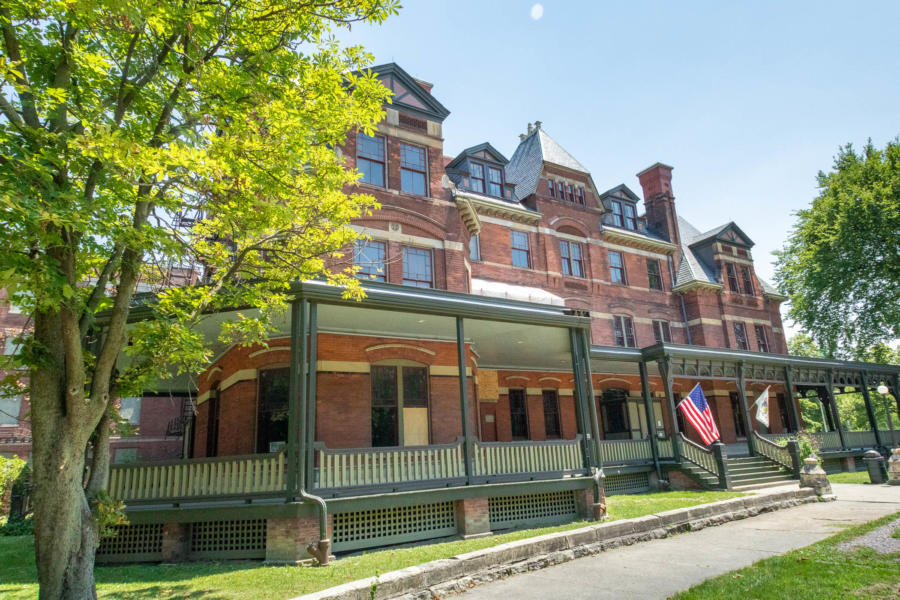
Today, the Pullman National Historical Park features a range of preserved and restored landmark buildings, including Hotel Florence,Historic Pullman Workers Homes, Market Square, and more. Join daily, ranger-led tours of the Pullman grounds and discover the community’s rich history and architecture.
The Pullman Administration Clock Tower Building is a striking building that houses the National Park Service Visitor Center. Explore rotating exhibits and real artifacts that bring the story of Pullman to life.
Nearby, you’ll also find the National A. Phillip Randolph Pullman Porter Museum, the only museum of its kind dedicated to the history of Black labor. The museum’s exhibits honor the achievements of the first Black labor union and the contributions of African American railroad workers to the labor movement.
Annual events include Pullman’s own Labor Day Parade, honoring the community’s role in the historic holiday. Step into restored homes and landmarks during the annual Historic Pullman House Tour. During the spring and summer, check out the Pullman Railroad Days and Pullman Garden Walk.

